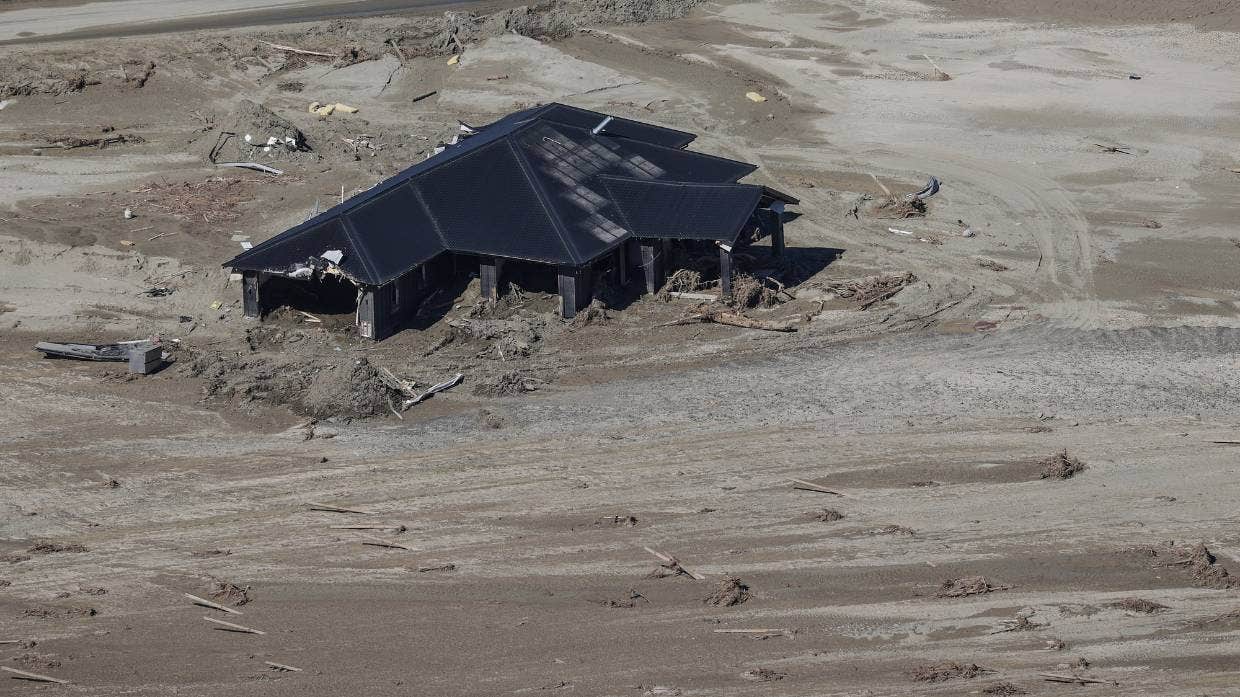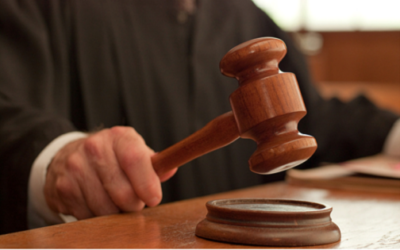Below is information how to help make your Cyclone Gabrielle/flood insurance claim run as smoothly as possible.
Ensure Health & Safety
If you have been affected by the rain and floods, please ensure the safety of yourself, your family, loved ones, and those around you. Always wear protective gear, including gloves and masks, in case you’re exposed to hazardous material. Most flood waters are sewage polluted.
To help make your claim run as smoothly as possible, here’s a guide of what you should do and the information we need from you.
Do You Require Urgent Assistance?
Please contact us as soon as you can if you are experiencing vulnerability or your home is unliveable, so we can prioritise your claim.
Remember, most insurance will help cover the cost of alternative accommodation while it is unsafe for you to be in your home, up to the limits outlined in your policy, for example:
- if a customer is required to evacuate their principal residence by a local authority or government agency (like a council, Civil Defence, NZ Police or Fire and Emergency NZ)
- because their property is at risk of damage, from an event that would be covered under their policy, and
- where they have an Alternative Accommodation benefit.
Multiple Claims
If you have an existing claim and the recent weather has caused additional damage to your property, please inform us or your insurer. They will discuss whether the additional damage forms part of your existing claim, or whether you’ll need to make an additional claim.
Personal Contents
- Write a list of the items you are claiming on, including the approximate age, where you purchased them from, and the approximate cost you paid for these items.
- Take photos and/or videos of the items you are claiming on, including photos of the make, model, and serial numbers of any electronic items.
- Do not dispose of items unless absolutely necessary.
- Provide receipts and valuations where possible.
- Advise how the water damage occurred e.g. did water come up through the floorboards, or down through the roof?
- Provide repair reports for any items that have had ‘clean water’ damage (i.e. rainwater only).
- If you do not have a dryer and need to get linen, clothing etc. dry cleaned, make sure you keep the receipts.
- Throw away food and drinking water that has come into contact with floodwater, including canned goods. Be sure to take photos of perishable or unsanitary items before you dispose of them.
- If your freezer has shorted due to an electrical outage, take photos and write a list of the freezer items. If they are defrosting, feel free to cook, donate and/or dispose of them.
- Check your electrical items have not been affected by water and are safe to use. If power has fused any electrical items or you’re not sure, get them tested.
House
- Take photos and/or videos of any areas damaged as the result of the event.
- Try to minimise loss wherever possible e.g. lift furniture off wet carpet and store somewhere dry if possible.
- Provide detail of how the loss happened, and what you have done to try and minimise the damage.
- Try and dry or air out the property, as much as possible, as soon as you can. If things are wet for more than two days, they usually get mouldy.
- Do not do anything that puts your safety at risk or causes more damage to your property.
Vehicles
- If your car isn’t drivable, or if water has entered your vehicle, please don’t drive it. Water-damaged vehicles can be dangerous because they tend to lose function suddenly, and air bags can deploy without warning.
- We’ll arrange a tow so you won’t have to drive your vehicle in for assessment. Once it’s been assessed, wait for the all-clear from your assessor before driving again.
- Please advise your vehicle’s exact location if it’s not at the insured’s property address.
- If your car is going to be towed, remember to remove any personal items from the vehicle.
- Make sure your vehicle is locked securely with no keys left inside – our tow team will get in touch to pick them up instead.
- If your personal items were damaged inside your vehicle, feel free to throw away any soft items or spoiled food, but remember to photograph and catalogue them first.
- If you rely on your car for medical reasons for yourself or your family, get in touch and we’ll discuss next steps with you directly.
Commercial Stock & Contents
- Take photos and/or videos of the items.
- Write a list of the items that have been damaged.
- For stock losses please provide wholesale invoices.
- Check electrical items have not been affected by water and are safe to use. If you’re not sure, get them tested.
For tenants: Carpet and fitout – check your tenancy agreement and if you are liable for the carpet and fit out, please contact Jae or Chem-Dry and start the drying process. If you are not liable, please contact your landlord urgently.
Commercial Buildings
- Take photos and/or videos of any areas damaged as a result of the event.
- Try to minimise loss wherever possible.
Buildings Under Construction
- Take photos and/or videos of any areas damaged as a result of the event.
- Try to minimise loss wherever possible, including relocating materials and other components of the build to dry ground.
- Provide detail of how the loss happened, and what you have done to try and minimise the damage.
- Try and dry or air out the works, as much as possible, as soon as you can. If things are wet for more than two days, they usually get mouldy.
- Do not do anything that puts your safety at risk or causes more damage to the works.
Fallen Trees
Cover for fallen trees depends on your individual situation and policy wording.
As a general guide, policies don’t cover trees themselves; but you may be covered if a fallen tree has damaged your insured structures (cars, buildings, fences, special/recreational features) included or listed in your policy. In these situations, the insurer will simply remove the sections of the tree required to enable safe repairs – and you’ll need to arrange the tree’s disposal.
Some common examples:
- A tree has fallen and damaged your car or living room
If the fallen tree has damaged your insured property, the policy will cover the cost of repairing the damage as part of your claim, including removing specific sections of the tree required to enable safe repairs. You’ll then need to arrange and pay for the tree’s disposal.
- A tree has fallen over on the lawn or driveway
If the tree has not damaged any insured structures, cover for the cost of cutting up or disposing of the tree does not apply.
- A tree has partly fallen against my house, but it hasn’t caused any damage – am I covered?
If there is no damage to the house, then the cost of removing the tree will not be included in your claim. You will need to take reasonable steps to remove the tree yourself to protect your property and prevent future damage. If you discover damage after removing the tree, please let us know.
Again, any cover for fallen trees depends on your policy and where the tree has fallen. If you need more information on this, NZI have included answers to some commonly asked questions about trees on their Disaster Claims Hub.
Spoiled Food
You should throw away any food that recent power outages have spoiled – just take photos, make a note of these on your Loss Schedule, and clean your fridge or freezer to prevent any further damage.
IAG Disaster Claims Hub
For commonly asked questions about storms and flooding visit IAG’s Disaster Claims Hub. This section details what to expect once you’ve made a claim: Click here.
NZI also offers a “self serve” option for those who want to speed up the assessment process by engaging a qualified tradesperson to obtain a quote for their repairs. There are some requirements, so contact us if you are interested in this option.
EQC Claims
Insurers assess and settle EQCover claims for building and land damage in accordance with The Earthquake Commission Act 1993, on behalf of the Earthquake Commission (EQC). That means they now manage any EQCover claim(s) with affected policyholders from end to end, including assessing the damage.



